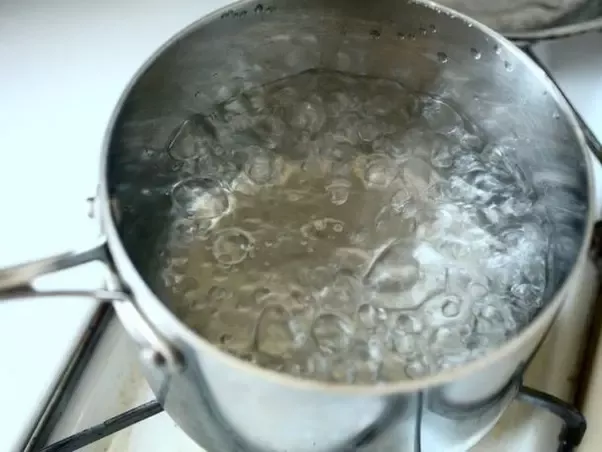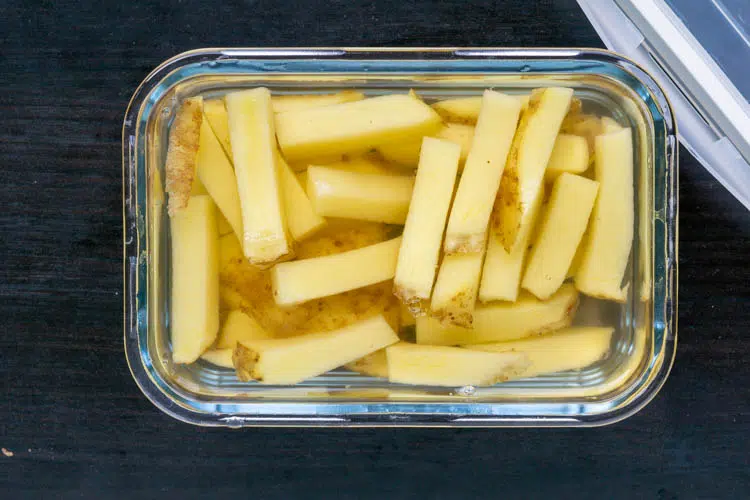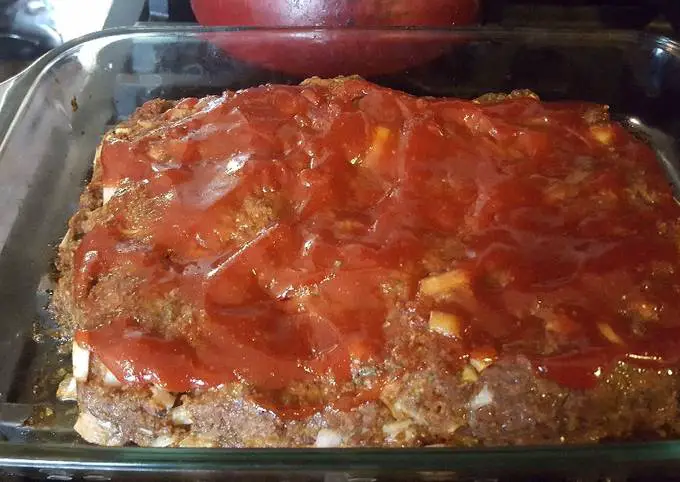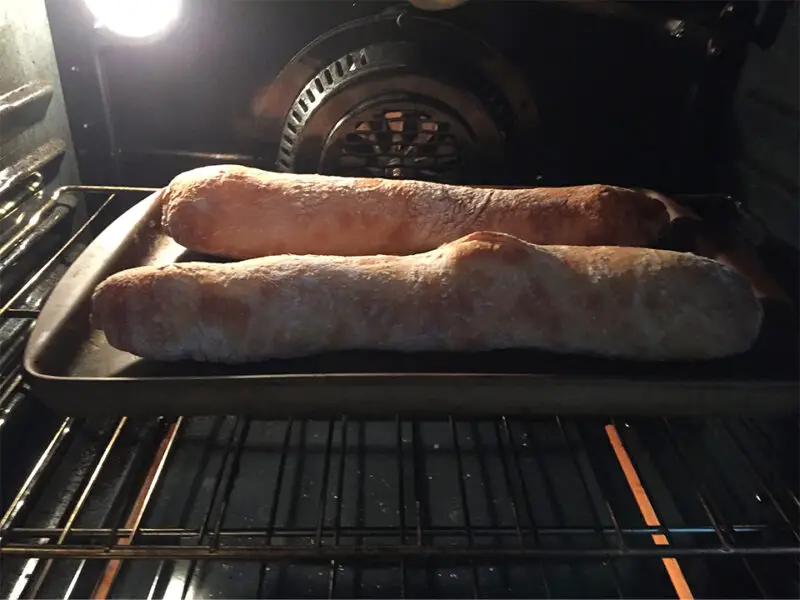Boiling cream is an important part of many recipes, yet many home chefs struggle with determining the correct temperature to do so. In this article, we will explore the science behind boiling cream and factors that can influence its boiling point.
Firstly, it’s important to understand that not all creams are created equal. There are different types of cream available in the market, including heavy cream, light cream, half-and-half, and whipping cream. Each type of cream has a different fat content, which determines how thick or thin it will be when beaten or cooked.
Understanding Cream and Its Components
Cream is a dairy product made by separating milk or milk-based liquids from their fats. Heavy cream has the highest fat content at around 36%, while light creams have a lower fat content ranging between 18% and 30%. Half-and-half contains about 12% fat and is used as a substitute for heavy or light cream in certain recipes.
Apart from fat, other chemical components that influence boiling temperature include protein, lactose sugar, water content, and minerals such as calcium and phosphorus.
Factors Affecting Cream Boiling Point
Boiling point refers to the temperature at which a liquid turns into vapor. The boiling point of any liquid varies according to external factors such as atmospheric pressure and altitude.
Atmospheric pressure affects liquids by exerting significant force on their molecules. As atmospheric pressure decreases with altitude increase, the boiling point of liquids decreases as well. Therefore it is essential to adjust cooking time accordingly if you’re cooking at high altitudes.
Other external variables that affect boiling point include impurities in the liquid (such as dirt) which raise boiling points by hindering molecular motion; however this does not apply to most kitchen situations when preparing food.
Milk processing methods also have an impact on ensuring consistent temperatures when making dishes with boiled cream. Ultra-pasteurized milks typically boil at a higher temperature than regular pasteurized milk, which in turns affects the cooking time of cream concoctions.
The Science Behind Boiling Temperature
Energy from heat is transferred to a substance when it’s heated. This energy raises the kinetic energy of molecules in the substance and causes them to vibrate more intensely. As they gain momentum, these molecules begin moving around faster and farther apart until they reach an atmospheric pressure point where all of the liquid is converted into gas or vapor.
Boiling cream occurs at 212°F (100°C) or its boiling point depending on external variables mentioned earlier such as altitude, milk processing methods that may impact consistency etc.
Determining the Boiling Point
Boiled cream can be used in a variety of recipes, including sauces, soups, stews, and more. It’s essential to know how to measure the boiling point to achieve desirable results for your recipe. There are several methods to determine boiling points:
- Use a thermometer: This is perhaps the most accurate way to measure boiling temperature. A candy thermometer or meat probe thermometer with high temperature probes would suffice.
- Visual Clues: Keep an eye on bubbles forming in creamy liquids when heated over low medium heat then gauge timing from there.
- Touch test: Simply dip a finger and feel out if it’s at serving hotness
Compared with water, boiled dairy creates a rich flavor profile with amazing umami properties however not like water it will curdle if cooked too intensely caused by acidosis causing protein breakdowns or fat separation; fresh dairy needs gentle heat throughout.
Methods in Cooking with Cream
Cooking with boiled cream can add depth of flavor in otherwise simple dishes gaining texture and mouthfeel complexity from added fat content such pancakes and biscuits that need added richness. Myriad dishes include cream as ingredients- some popular options include mushroom / chicken/ tomato soup etc.
Best practices involve gentle low-medium heating dealing with cream dishes to avoid curdling and possible waste.
Conclusion
In conclusion, boiling cream is an important technique in creating delicious dishes that taste great. Chefs must understand the different types of cream available, its chemical components that influence boiling point, and external factors such as altitude or milk processing methods that can affect it. By being cognizant in every step of recipe preparation including measuring / observing with eyes and fingers when needed when determining boiling points, one can cook dishes using boiled creams with confidence without ruining dairy’s flavourful potential!
Q&A
- Q: How can I determine the boiling point of cream? A: The boiling point of cream varies depending on its fat content. Typically, heavy cream will boil at around 180°F (82°C) while light cream will boil at around 170°F (77°C).
- Q: Is it safe to boIi cream over high heat? A: While it is possible to boil cream over high heat, it may cause the milk proteins to coagulate and result in a lumpy texture. It’s best to bring the cream to a gentle simmer over low heat.
- Q: Can you tell if cream has boiled just by looking at it? A: When cream boils, it will produce bubbles and steam that rise to the surface. You will also notice that the liquid becomes thicker and more frothy as it cooks.
- Q: What happens when you boil cream for too long? A: If you overheat or boil the cream for too long, it can scorch and develop an unpleasant burnt flavor. Be sure to watch the pot carefully and remove from heat once it has reached boiling point.



